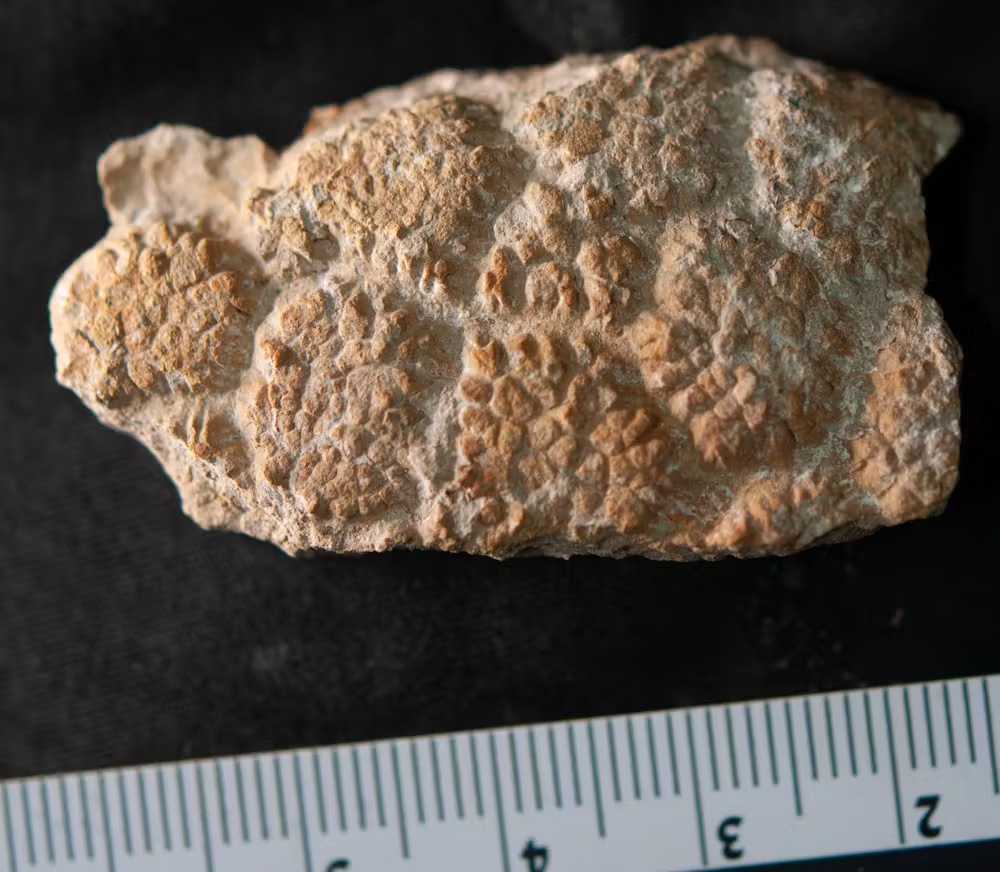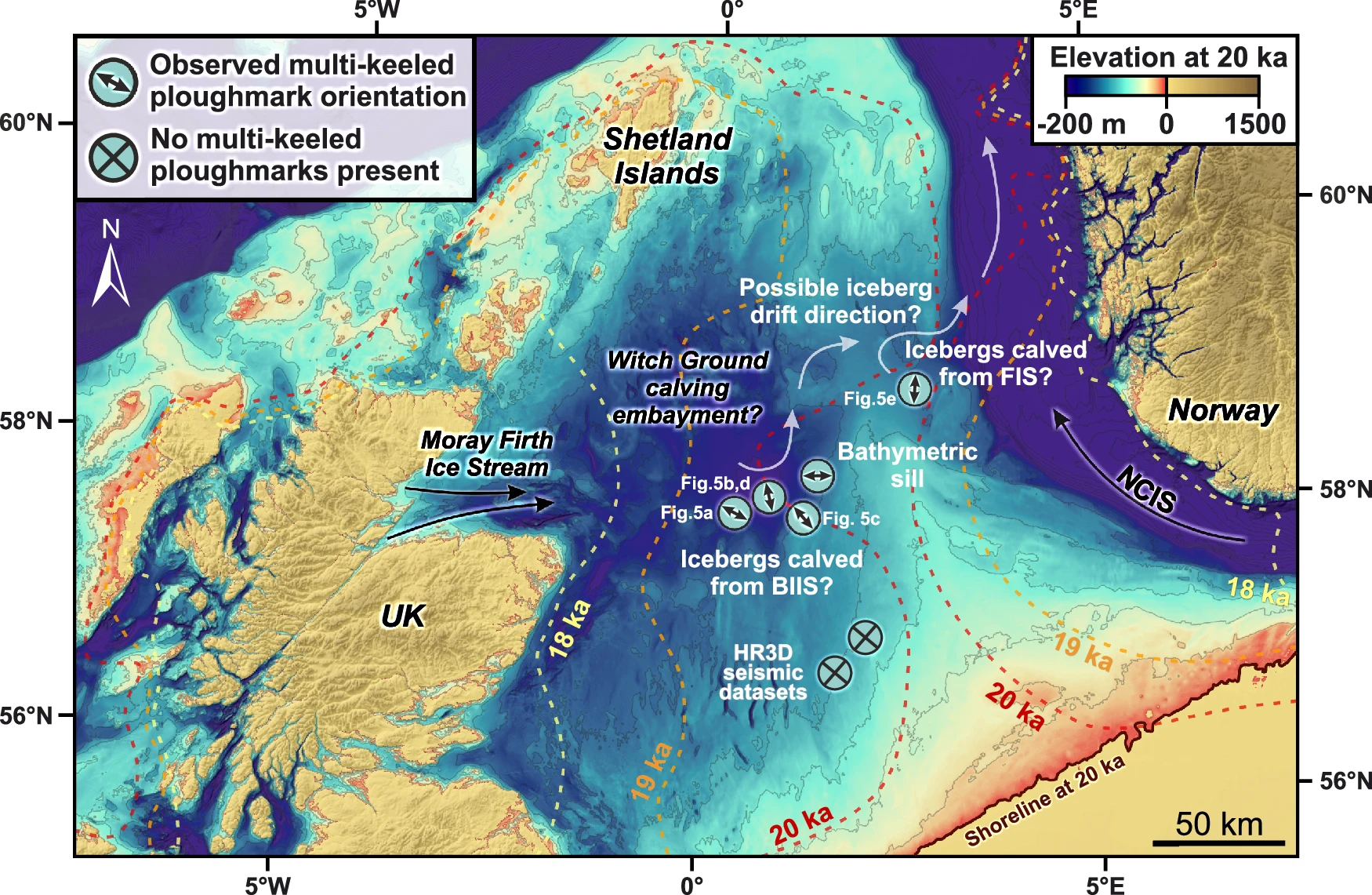Hydrogen - Is This the Fuel of the Future?
If you look at the current edition of New Scientist you will find many article about hydrogen exploration. I asked Google Gemini "List recent publications concerning geological exploration for hydrogen" and got THIS VERY INTERESTING ANSWER.
Hydrogen as a fuel is a very good thing - it's combustion leads to energy and water. Up to now the problem has been difficulties in making or finding it, storing and transporting it, and having the engines to use it. The infrastructure of the oil industry already exists and up to now, fulfils the needs of society.
But the advance of electric vehicles suggests that oil might be on the way out. Oil companies are no doubt aware of this. But electricity is not their thing. Finding and moving hazardous materials is. I suspect that they see movement from oil to hydrogen as fitting in with their expertise.
A movement from oil fuel to electricity might be difficult for them. A change from oil to hydrogen - not so much.


